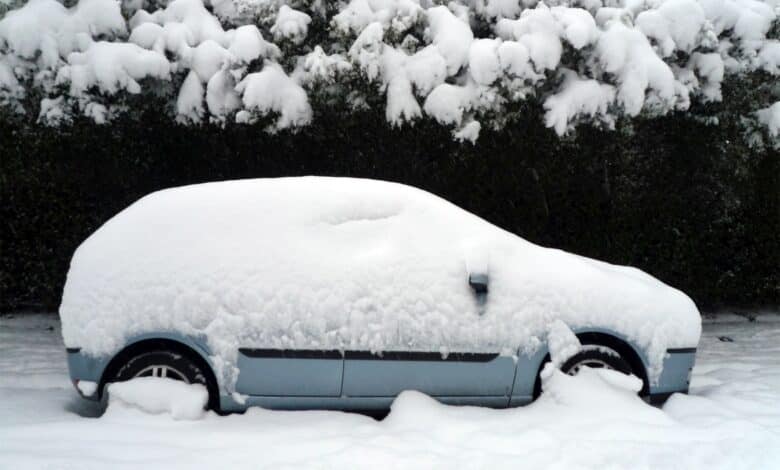
If you drive an electric car in winter, you sometimes have to put up with severe losses in range. The differences compared to summer temperatures vary greatly depending on the manufacturer. For Volkswagen in particular, the range drops enormously.
E-car in winter: Range losses of up to 32 percent
Currently, winter is making its way into Germany with temperatures of up to -15 degrees Celsius. Anyone who has been driving their electric car in winter for a long time knows the problem: at temperatures below freezing, the range of an electric car drops.
There are two main reasons for this. The first, of course, is the nature of the batteries themselves, because the physical and chemical reactions within the batteries occur more slowly at low temperatures and require more energy, which reduces the performance of the batteries and thus also the range.
On the other hand, of course, the interior of a car also needs to be heated, and this is where an electric motor does not have the additional waste heat as a helper that an internal combustion engine does.
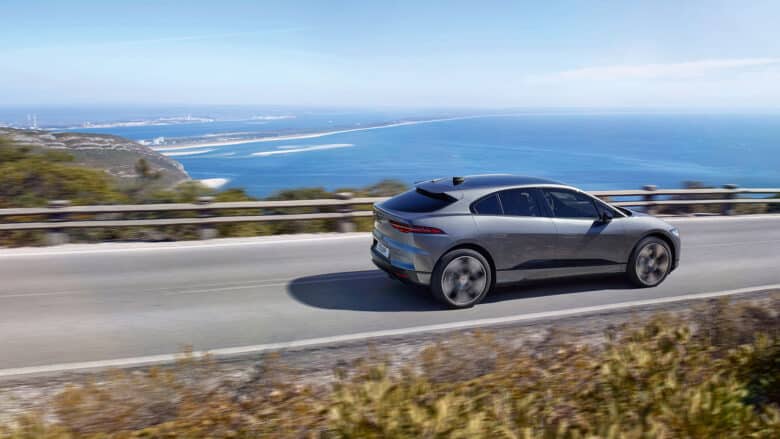
Well, be that as it may. An e-car in winter comes to a lower range than in the warmer months. This proves, once again this year, a study by the U.S. company Recurrent, which has taken a total of 14 electric cars to the chest. And found massive differences.
Range loss: VW far behind
Recurrent looked at a total of 14 electric car models, analyzing data from 7,000 vehicles within the United States. They looked in detail at the range loss at temperatures between -6 degrees Celsius and +21 degrees Celsius (converted to Fahrenheit, of course) and compared them using a tool developed in-house.
A distinction is made between estimated and verified range in winter. While the former is based on the on-board technologies of the electric cars, the latter comes from the data generated by real-time usage, among other things.
Topping the rankings, and the e-cars that lose the least range in winter (at least among the models tested), are the Jaguar I-Pace, with just a three percent range loss, and the Audi E-Tron, with 8 percent.
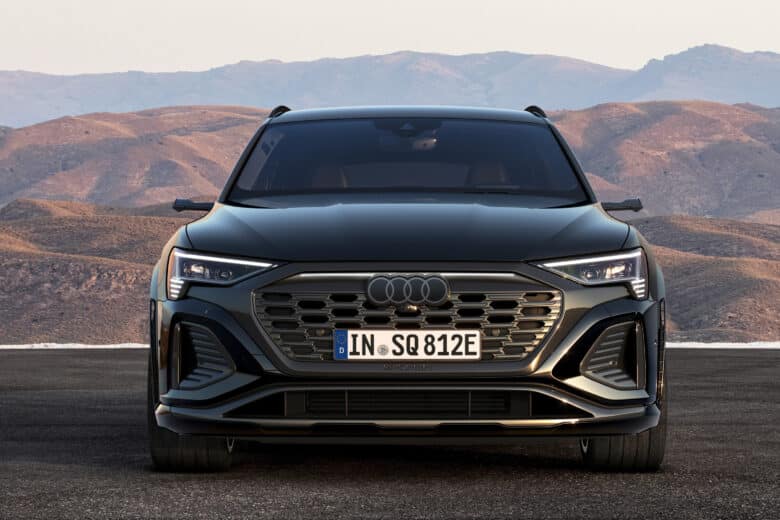
In contrast, models from automaker Tesla position themselves in the midfield. For the Model X and Model Y, the range drops by around 15 percent in cold temperatures, for the Model 3 by 17 percent and for the Tesla Model S by 19 percent. However, unlike the two front-runners from Jaguar and Audi, respectively, these are verified values.
- Joy for Tesla owners: Tesla Holiday update brings Steam and Apple Music support
VW ID.4 and Chevy Volt trailed
The Hyundai Kona (19 percent) and Nissan Leaf (21 percent range loss) follow in the other places. Recurrent calculates an estimated value of -24 percent for the BMW i3 and -23 percent for the VW e-Golf.
The VW ID.4, on the other hand, has lost a full 30 percent of its range (as a verified value). The same applies to the Ford Mustang Mach-E.
The sad tail end of the test, by the way, is the Chevy Bolt with an estimated range loss of 32 percent, which was sold in Europe as the Opel Ampera-e until 2021.
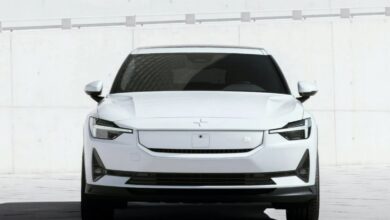
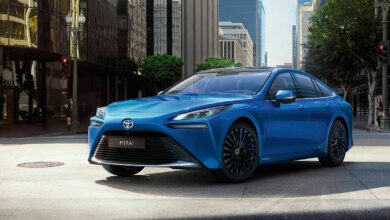
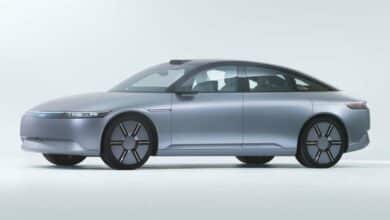

No replies yet
Neue Antworten laden...
Gehört zum Inventar
Beteilige dich an der Diskussion in der Basic Tutorials Community →